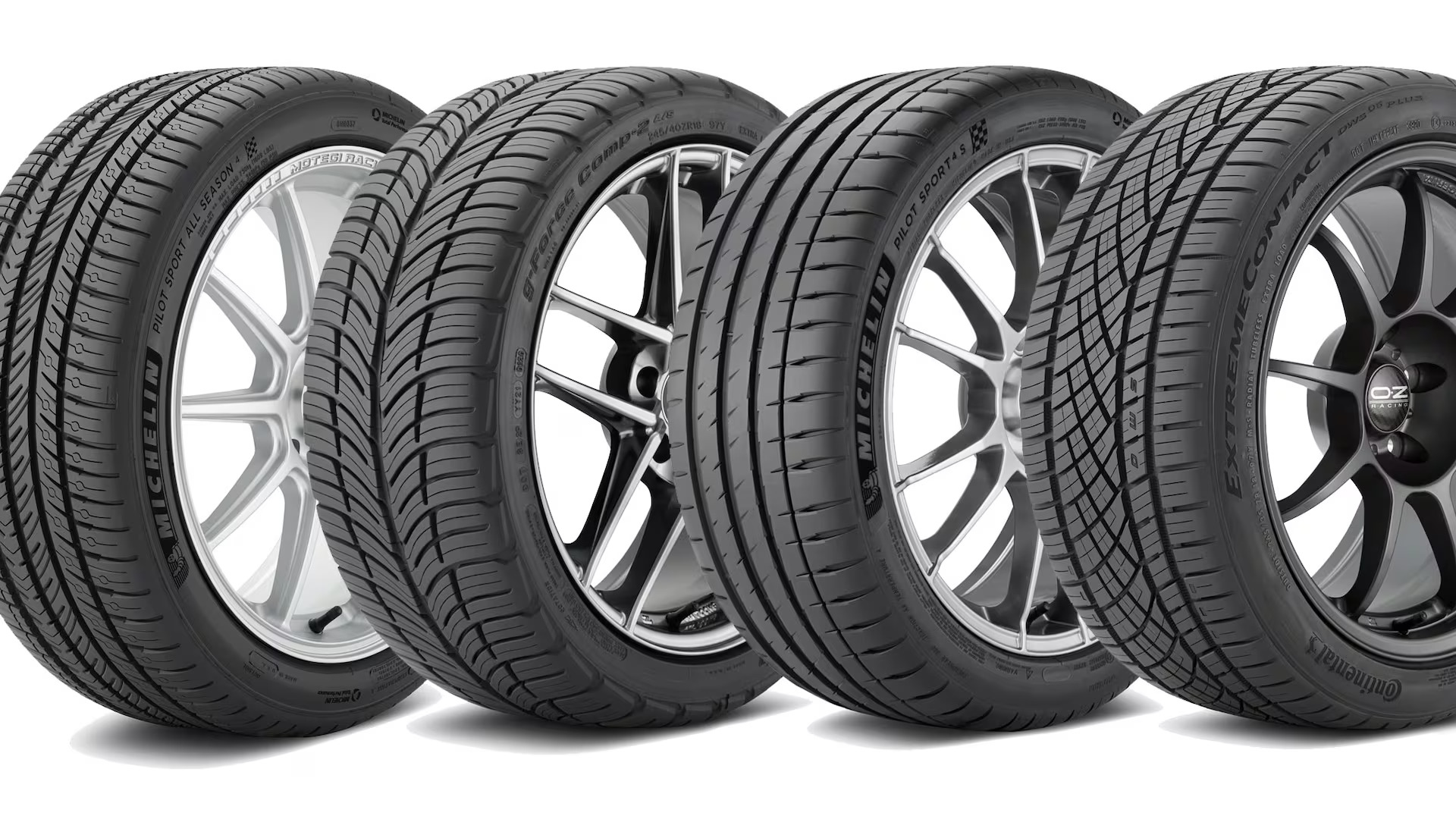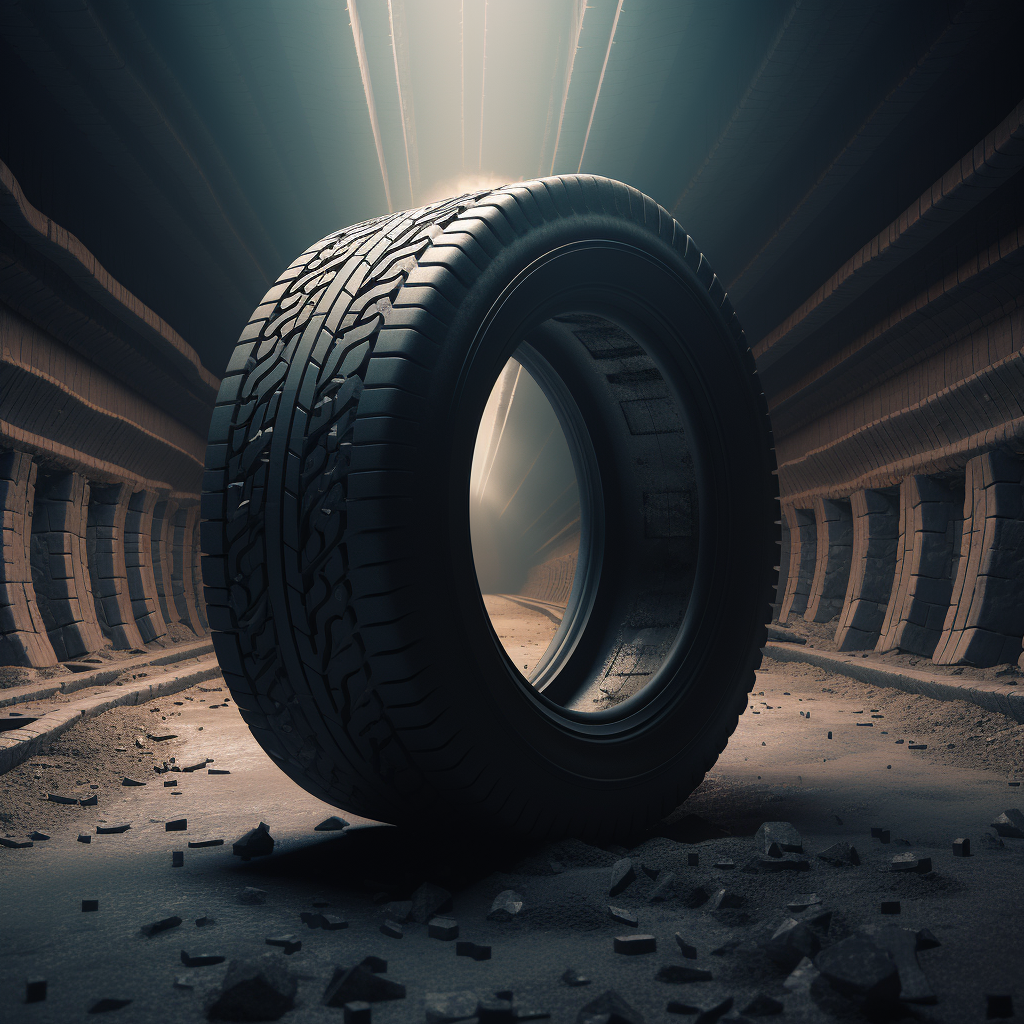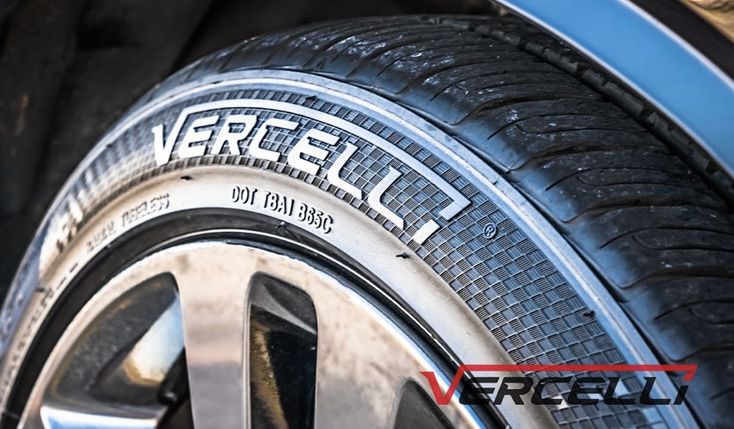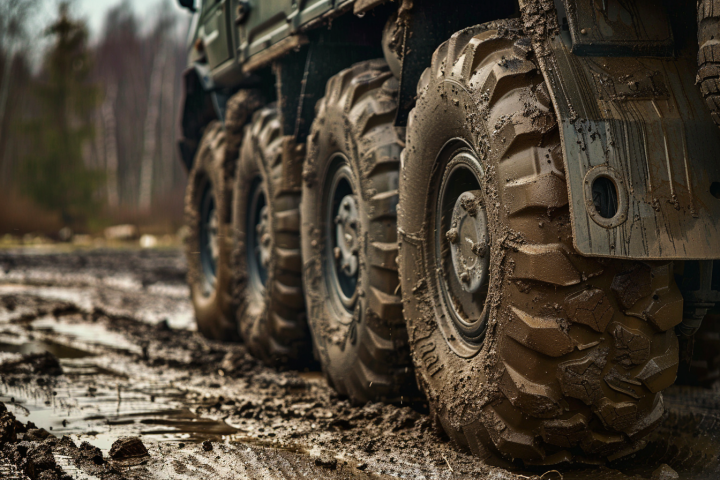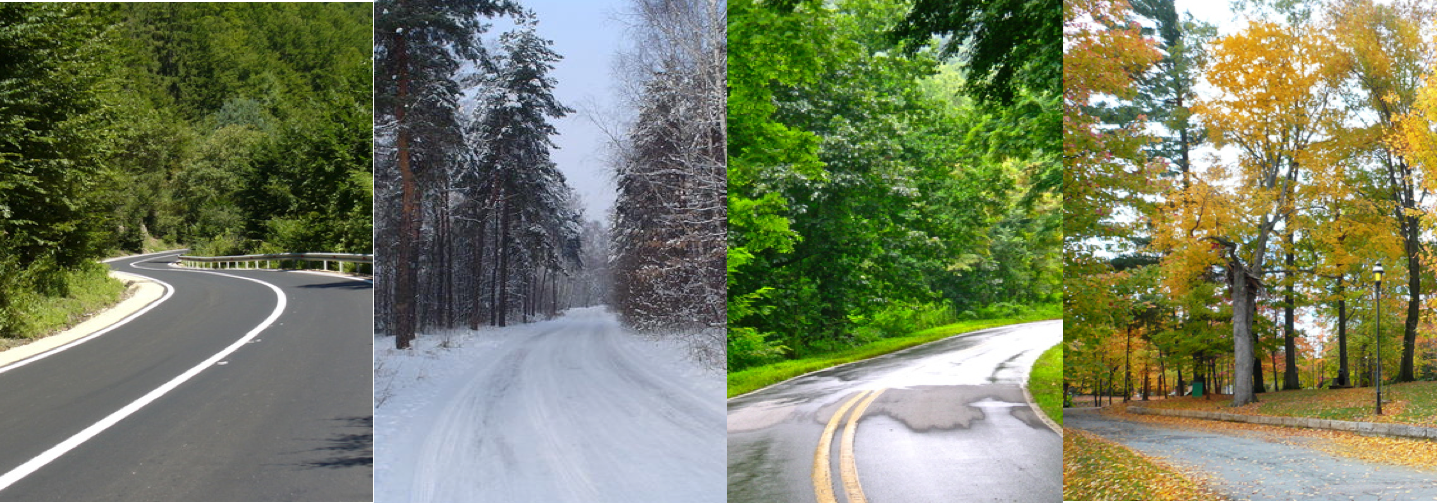Last Updated on August 2, 2025
Navigating the World of Riding Lawn Mower Tires
Tips for Smooth Garden Operations
In 1837, blacksmith John Deere fashioned his first polished steel plow. These days, the John Deere company is making self-driving tractors. The John Deere Tango autonomous mower drives itself around distant yards with white picket fences. The Husqvarna Automower competes with it in the war of the mowing robots.
Lawnmowers have come a long way, and now they’re going a long way without the help of a human operator. But for those not interested in letting a robot do the work for us, there’s still the big world of riding lawnmowers and the people who love to use them.
Riding lawnmowers and tires are state-of-the-art. If you do some serious mowing, it helps to have a tire that can handle the terrain. Here’s a rundown on the world of riding lawnmowers and tires.
DIY Guide to Choosing the Right Riding Lawn Mower Tires
Lawn maintenance can either be a tedious chore or a pleasurable pastime, and much of that experience depends on the equipment you use. One of the most overlooked aspects of this equipment? The tires. You are, specifically, riding lawn mower tires. As car tires are essential for a smooth drive, the right mower tires ensure your grass-cutting sessions are efficient and hassle-free.
Why the Right Tires Matter
The correct riding lawn mower tires can greatly impact the efficiency and ease of your mowing. They determine traction on wet grass, protection of your lawn from unnecessary damage, and the general maneuverability of your mower.
Factors to Consider
- Terrain Type: Is your lawn flat or hilly? For slippery or steep terrains, you’ll want tires with better traction.
- Size & Fit: Always check your mower’s manual. Using the wrong size can affect performance and even damage your mower.
- Tread Pattern: Different patterns serve different purposes. Some are designed for gentle traction, ensuring they won’t damage delicate lawns, while others are more aggressive for challenging terrains.
Tube vs. Tubeless
- Tube Tires: These have an inner tube, making them a bit easier to repair if punctured.
- Tubeless Tires: They’re a more modern choice and can seal minor punctures independently, but they can be challenging to mount without the right equipment.
Difference Between a Riding Mower and a Tractor
A lawn tractor is a heavy-duty beast of a machine for large jobs. Manufacturers miniaturized the farm tractor prototype, attaching a deck with blades to the bottom. Consider a tractor if you have more than half an acre to tackle and an ascending incline. According to Consumer Reports, tractors get better traction than riding mowers, so they’re better for hills, and you get a reliably even cut.
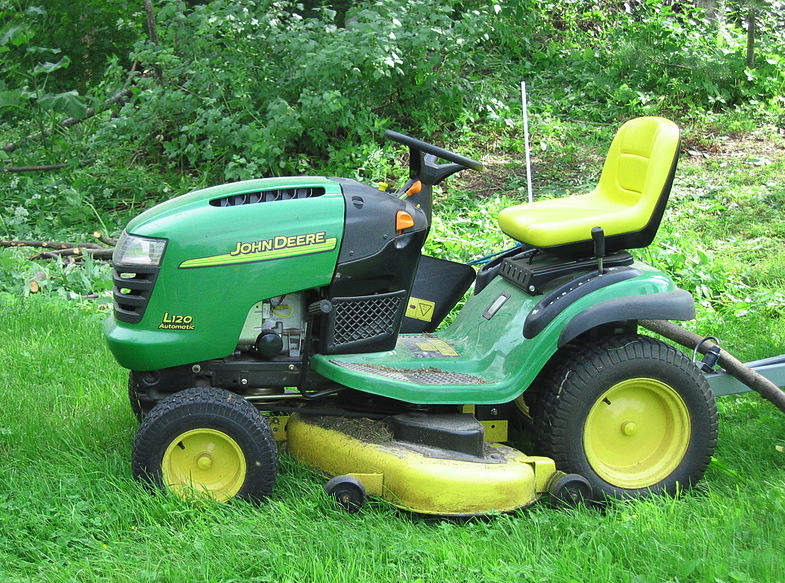
The zero-turn-radius riding mower (ZTR) isn’t great for hills. However, these mowers have better maneuverability than tractors, so they’re best if you have plenty of obstacles to deal with in your lawn. They’re also faster than tractors. While tractors cut a 42- to 54-inch swath, ZTRs cut 42- to 60 inches. The best ZTRs cut as evenly as tractors and resemble the landscapers’ mowers.
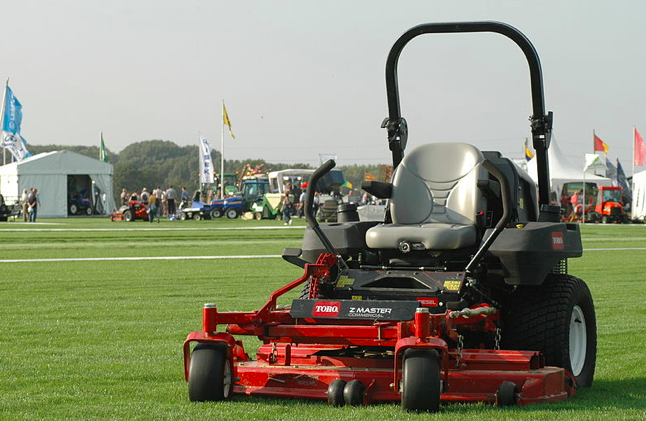
If you don’t have enough money or space to store a tractor, and your lawn is smaller than an acre, the rear-engine rider may be right for you. Be advised that they only cut a 30-inch swath, are slower than ZTRs and tractors, and don’t get as much of a cut.
ZTRs and rear-engine riders have gas-powered, one or two-cylinder engines in the rear, while the tractor’s engine is in the front. There are also electric options, such as the Ryobi R48110. All riding mowers can side-discharge, mulch, or bag grass clippings. The best kind for you depends on your yard’s terrain.
Lawn Mower Maintenance
Like any vehicle, your riding lawn mower requires maintenance over time. An electric one requires blade-sharpening, and a gas-powered one requires tune-ups and oil changes. Mike Lafollette from Angie’s List recommends taking the DIY approach. To tune up his mower, Mike spent $30, while the professionals quoted him $50 to $75.
Mike took the following steps to tune his mower:
- Disconnect the spark plug
- Drain oil
- Install a new air filter
- Install a new spark plug
- Use a metal file or bench grinder to sharpen the blade
- Add new oil and gas
- Connect the spark plug
You’ll also want to check and ensure your tires aren’t worn out. A worn-out tire won’t get the traction you need. There’s nothing worse than finding yourself sliding down a steep incline on a mower. If your riding lawn mower tires are damaged, consult a sizing and buying guide.
Riding Lawn Mower Tires: What to Look for
There are multiple riding lawn mower tires to choose from, and you want to ensure you buy the right tire for your mower. If you’re running a tractor and your lawn is on a hill, you want a tractor tire that offers toughness and traction. The Carlisle Fast Trax is a low-profile tire with maximum speed and an aggressive tread pattern for maximum traction on hills.
If you’re running a ZTR, those are also specific tires. The Carlisle AT101 design makes it ideal for the maneuverability a zero-turn radius requires. It also offers good traction to get the most out of your ZTR in diverse terrain.
The Carlisle Straight Rib is a good choice for an affordable, all-around tire that will go great on your rear-engine rider. Straight Rib tires are tough, with a long life and good traction. They’re cheap riding lawn mower tires that won’t leave ruts in your lawn when it’s a little wet outside, but you need to get the job done.
The Luxury of Riding
Overall, a riding lawn mower enables you to cut your grass faster than a manual reel (the old-fashioned kind), a push mower, or a self-propelled mower. And there’s something downright luxurious and fun about sitting back and steering your way around your lawn.
If you’re like Stephen Volkins, you take the speed factor seriously. Clocking in at 87 mph, Volkins broke the 80 mph land speed mowing record with the Runningblade—a custom-made mower that’s not even on the market.
Don’t worry; there are several other luxurious mowers you can buy. As autonomous mowers whir their way into the market, riding lawn mower manufacturers keep making more advanced technology to stay ahead of the robotic competition.
Replacing Your Tires
It’s crucial to regularly inspect your riding lawn mower tires for signs of wear, damage, or degradation. Proper maintenance can extend their life, but everything expires, and ensuring timely replacements guarantees consistent performance.
- Recommendations
While numerous brands and models are available, finding a reliable supplier with quality and variety is essential. This ensures you’ll find the perfect fit for your specific needs.
Conclusion
In wrapping up our DIY guide, selecting the appropriate riding lawn mower tires is pivotal for ensuring a smooth mowing experience and the longevity of your equipment.
By understanding your lawn’s specific needs and being informed about tire types, you can make an investment that is both efficient and durable.
Finding the perfect riding lawn mower tires might seem daunting, but it becomes straightforward with the right information and a trusted supplier.
Remember, the effort you put into choosing the right tires directly affects the quality of your lawn and the efficiency of your mowing sessions.
Remember, the right tire choice is synonymous with effortless garden maintenance and a mower that lasts. Make your choice count!
FAQs
How do I choose a lawn mower tire?
Choosing a lawn mower tire involves considering several factors. First, assess the terrain you’ll be mowing – flat, sloped, or uneven. Next, examine the tire size that fits your mower, which can be found on the sidewall of your current tire. Lastly, choose a tread pattern suitable for lawn conditions, ensuring good traction without damaging the grass.
Are all riding lawn mower tires the same?
No, all-riding lawn mower tires are not the same. They vary in size, tread pattern, ply rating, and design. The right tire for your mower largely depends on your specific requirements, the type of terrain, and the mower’s specifications.
Where do you find the tire size on a lawn mower?
The tire size of a lawn mower can typically be found on the sidewall of the tire. It’s usually represented as a series of numbers and letters, for instance, “15×6.00-6.” This code indicates the tire’s diameter, width, and the diameter of the wheel it fits.
What tire tread is best for grass?
The best tire tread for grass largely depends on your lawn type. Turf-saver treads are popular for lawns as they provide good traction without damaging the grass. You might consider a more aggressive tread for sloped or uneven terrains to ensure stability and reduce slippage. Ensure the tread pattern provides enough grip without being overly aggressive to prevent turf damage.
-
Automotive Specialist
-
Proofreader
-
Writer




